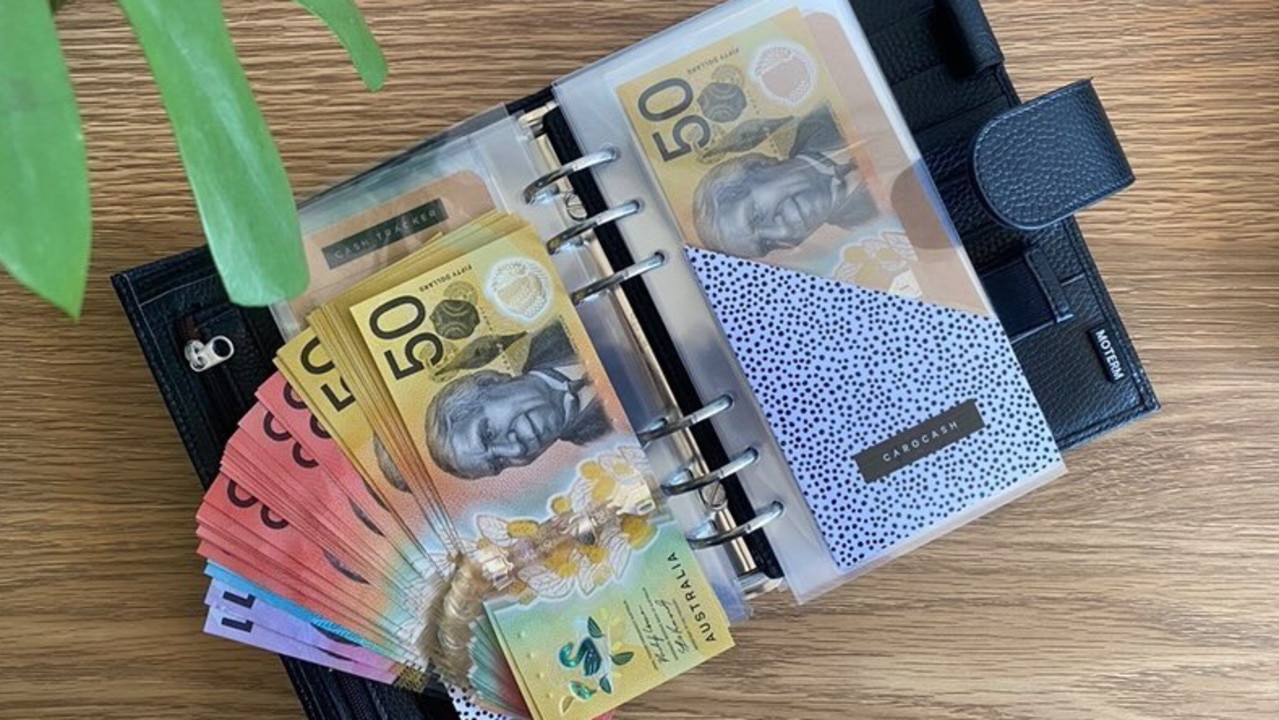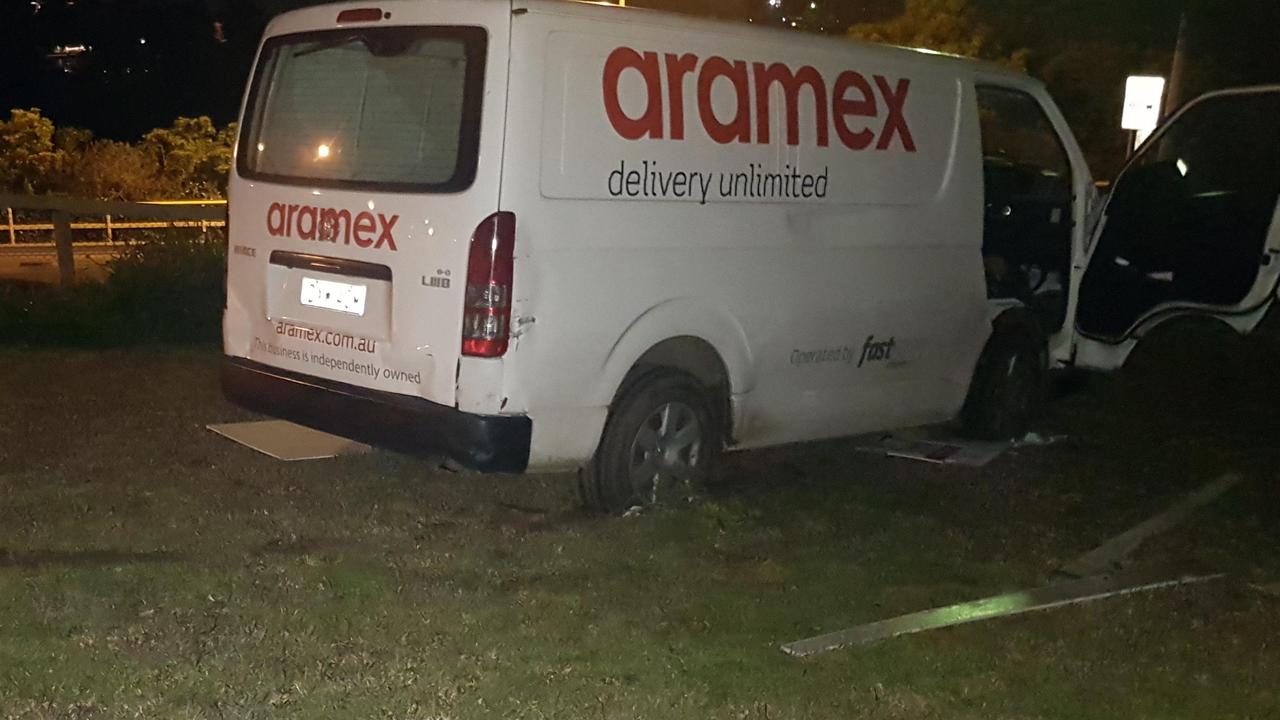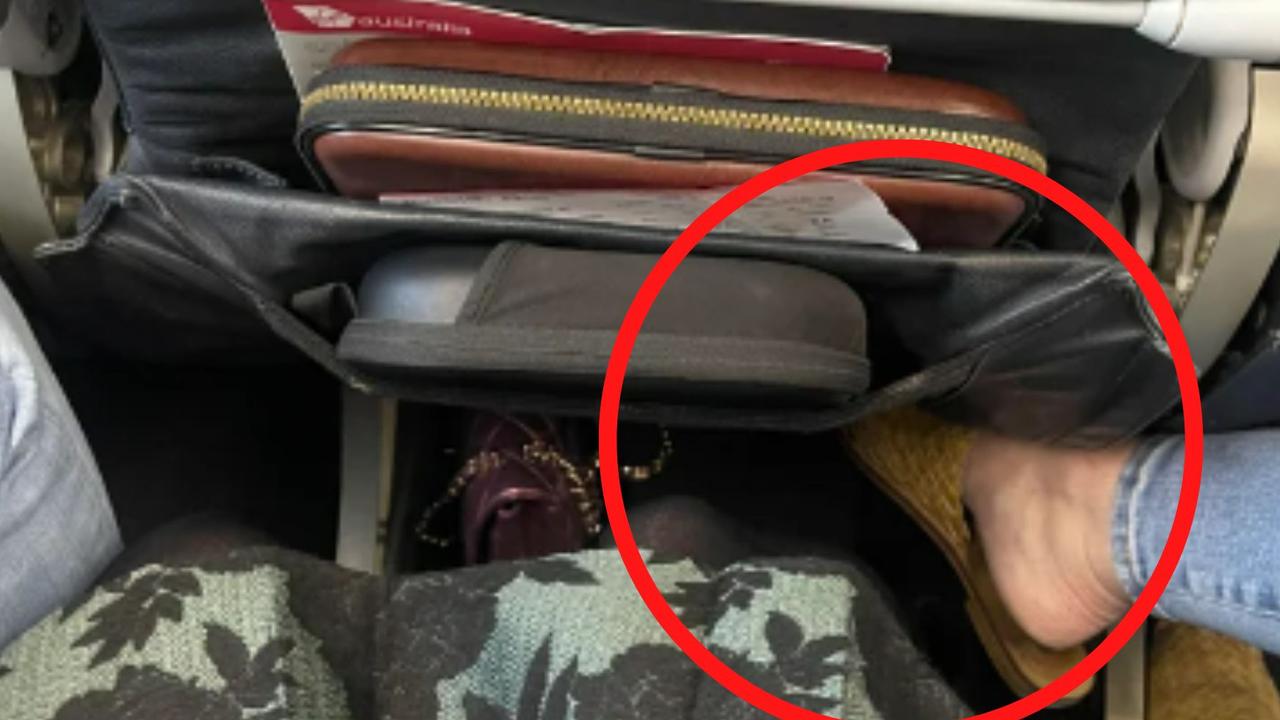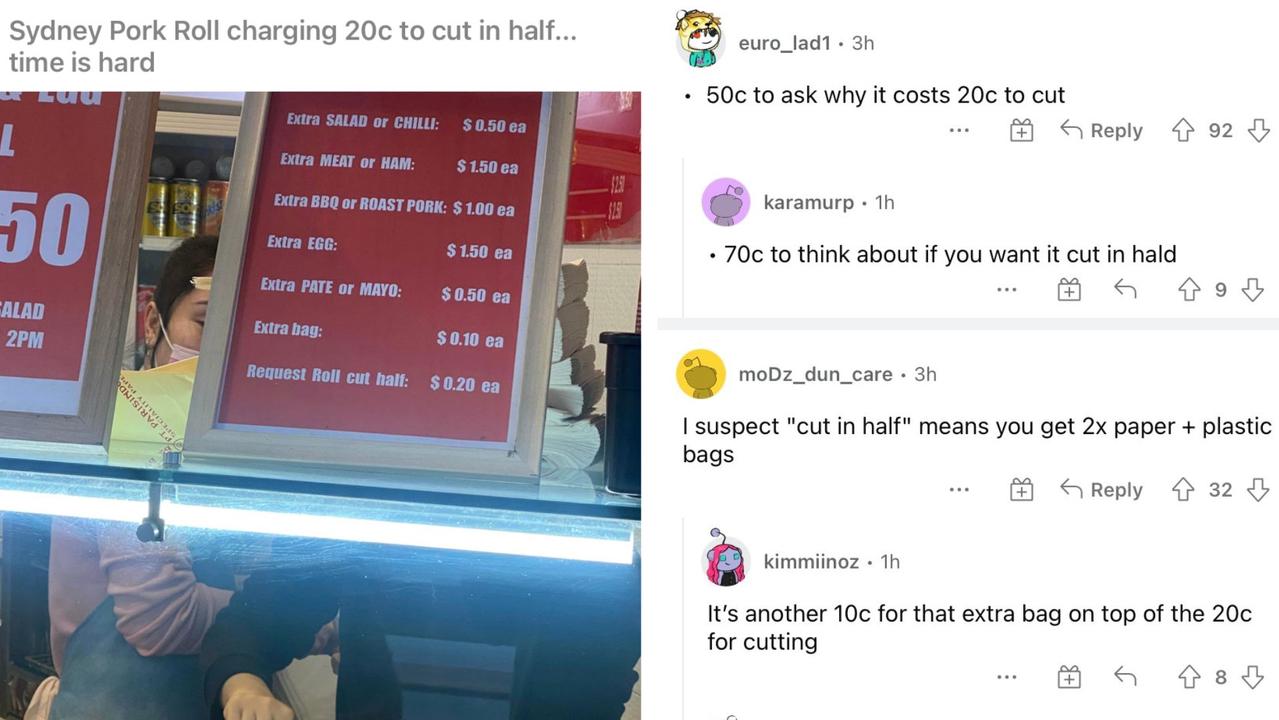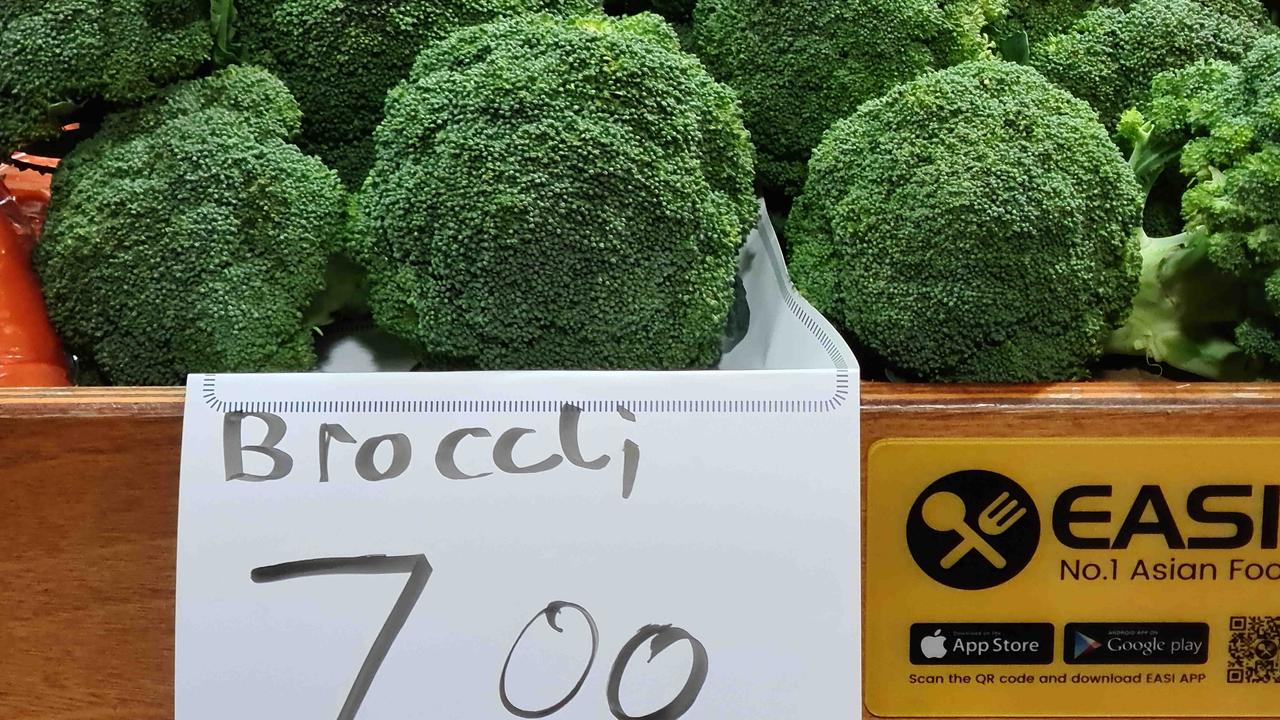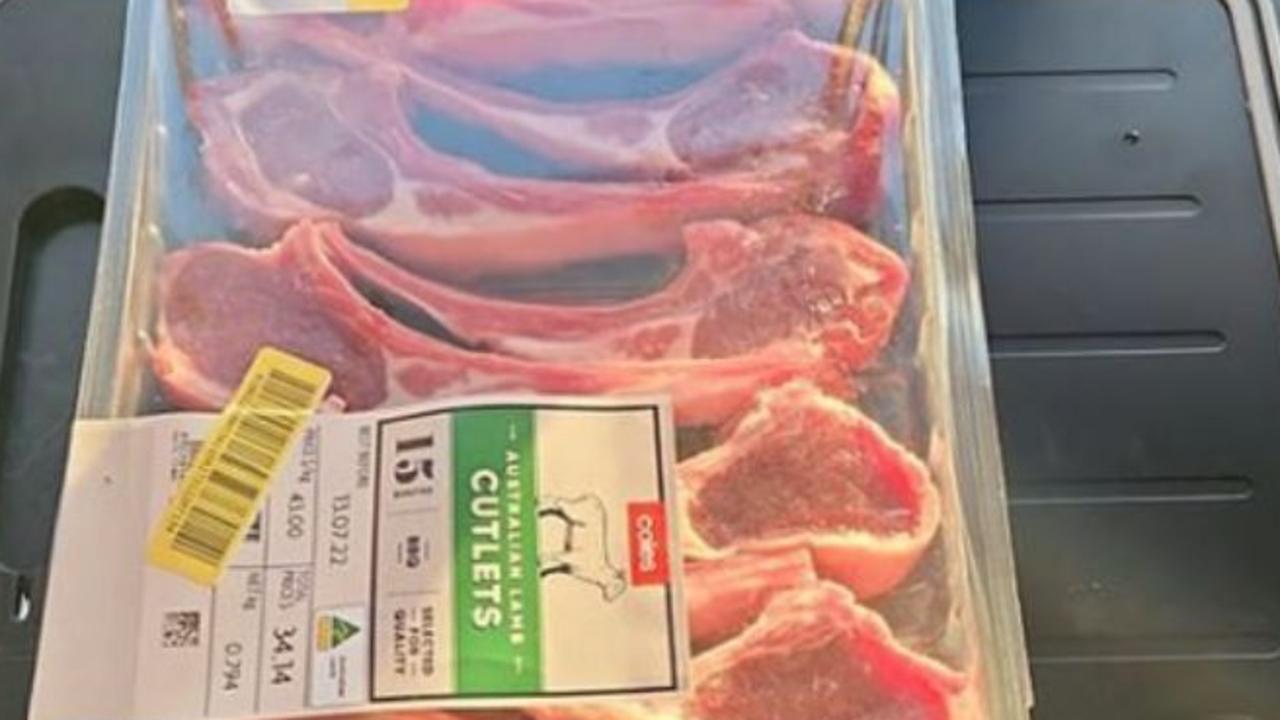Millennials struggling to build their wealth have flipped the idea of having a cashless society on their head by reviving a saving technique that originated well before their grandparents’ era.
“Cash stuffing” is the latest money-saving trend growing in popularity in Australia, after it educated hundreds of young people in the UK and US on how to successfully budget.
Also known as the envelope method, cash stuffing involves withdrawing money – typically your monthly earnings – from your bank account and allocating it to a folder which represents a specific spending category.
Folders may represent weekly shopping budgets, holiday savings, fuel costs, mortgage repayments or bills.
The “cash stuffing” hashtag has accrued over 532 million views on TikTok, while sites like Amazon and Etsy have too jumped on board, selling folders, stickers and stationery specifically made for the trend to help kickstart the saving journey.
Daniel Jovevski, CEO and founder of budgeting and debt management app WeMoney, says the saving technique has re-emerged as Australians learn to cope with the rising cost of living.
“Cash stuffing or what budgeters call the ‘Envelope Method’ is back in vogue. This is largely driven out of the requirement to budget now more than ever with envelopes or pencil cases being the primary tool for people to squirrel money away,” Mr Jovevski told news.com.au.
“Tougher times with inflation and cost of living pressures have brought back this old but effective method as consumers combat increasing petrol and food prices.”
Caroline from CAROCASH, commenced her cash stuffing journey last year after learning about personal finance expert Dave Ramsey’s envelope system, which closely mirrors cash stuffing.
The small business owner told news.com.au that she has since saved almost $30,000 using the system.
“I saw how by dividing up your income into separate envelopes, you can save up and prepare for annual bills, holidays, medical and of course for savings,” Caroline said.
While Caroline insists that she is not a financial adviser, she has shared with others how simple the technique can be by documenting her journey on her YouTube channel.
How does cash stuffing differ from internet banking?
Simply put, cash stuffing is a physical method of internet banking.
Rather than splitting your weekly earnings into separate online banking accounts as some budgeters do, those using the cash stuffing method split their income into physical folders.
However Mr Jovevski said there is a psychological aspect to cash stuffing that most don’t experience through online banking or paying for transactions using their credit or debit card.
“This trend has deep behavioral benefits with prominent behavioral scientists identifying the method as helping people increase their “pain of paying”, meaning when we pay with cash we feel a little pain when we see the amount of money leave our wallets or envelopes,” he said.
“Contrasting this against tap-and-pay, where you don’t really see the physical movement of cash, it makes it easier to spend as all the friction has been removed.”
Caroline admitted that this was her situation prior to jumping on the cash stuffing bandwagon. Her de ella old spending habits de ella meant she would unknowingly use all her income de ella on other purchases prior to paying her bills.
“By doing the Cash Envelope System, you budget out your pay and then physically see the money grow or see where your money goes,” she said.
The benefits of cash stuffing
As the cost of living continues on an upward trend, Australians are becoming more conscious of their spending limits and habits.
The search phrase “what is budgeting” has jumped in interest by more than 65 per cent in the last year on Google Search whereas “budgeting apps” has been the most searched query in relation to the word “budget”.
And with budgeting the entire purpose behind cash stuffing, Caroline said there’s no other reason as to why someone who is struggling to manage their savings shouldn’t give the technique a go.
“Benefits include changing spending habits and your mindset on spontaneous spending, living within your means and being prepared for bills,” she said.
Other benefits Caroline mentioned include not feeling the need to get a credit card or use Afterpay and having less financial stress once you’ve mastered your budget.
“The more friction we have in paying, the less we spend and the easier it is to stay on track with our budgets,” Mr Jovevski added.
Being aware of the risks
While it’s great to have cash in hand, it doesn’t come without a heightened risk of losing your money. This may be through theft, fire, or simply misplacing it.
One way Caroline has overcome the threat of mishandling her hard-earned cash is by saving up to a certain amount before banking it, and then using “prop” or “fake money” to represent the savings in her account.
“As a graphic designer myself, I was able to create some fake play money for larger denominations – starting from $250 all the way to $10,000 – that we do not officially have here in Australia,” she said.
“Once I reach $1000 in cash, I swap that with a prop note and get the $1000 back to the bank.”
Another disadvantage associated with cash stuffing is its inability to earn interest as well as the time it takes to separate your money into folders and record the value in a spreadsheet or notebook.
“While there are plenty of upside benefits, the trade-off is additional work,” Mr Jovevski said.
“You have to consider if the cash-stuffing method aligns with the outcomes you want to achieve with your budget.”
end tips
One question that a lot of people ask Caroline is “how do you work out how much to budget for?”.
The savvy saver said she works out how much her bills will cost her on a monthly or yearly basis and then divides that amount by the number of weeks she has until it needs to be paid.
“Say you get paid weekly and you have an annual bill that is $700. You divide 700 by 52 which equals $13.50. That is what you would put aside each pay to have that bill “fully funded” in a year when it is due,” she said.
With a little bit of extra time and preparation, Caroline said anyone can give the saving technique a try.
“Honestly, just give it a go. There’s no schemes or tricks. All that is required is a little more than your time; time to go to the bank or ATM for the cash withdrawal, and time to sit down, make a budget and divide your cash into envelopes.”
.
